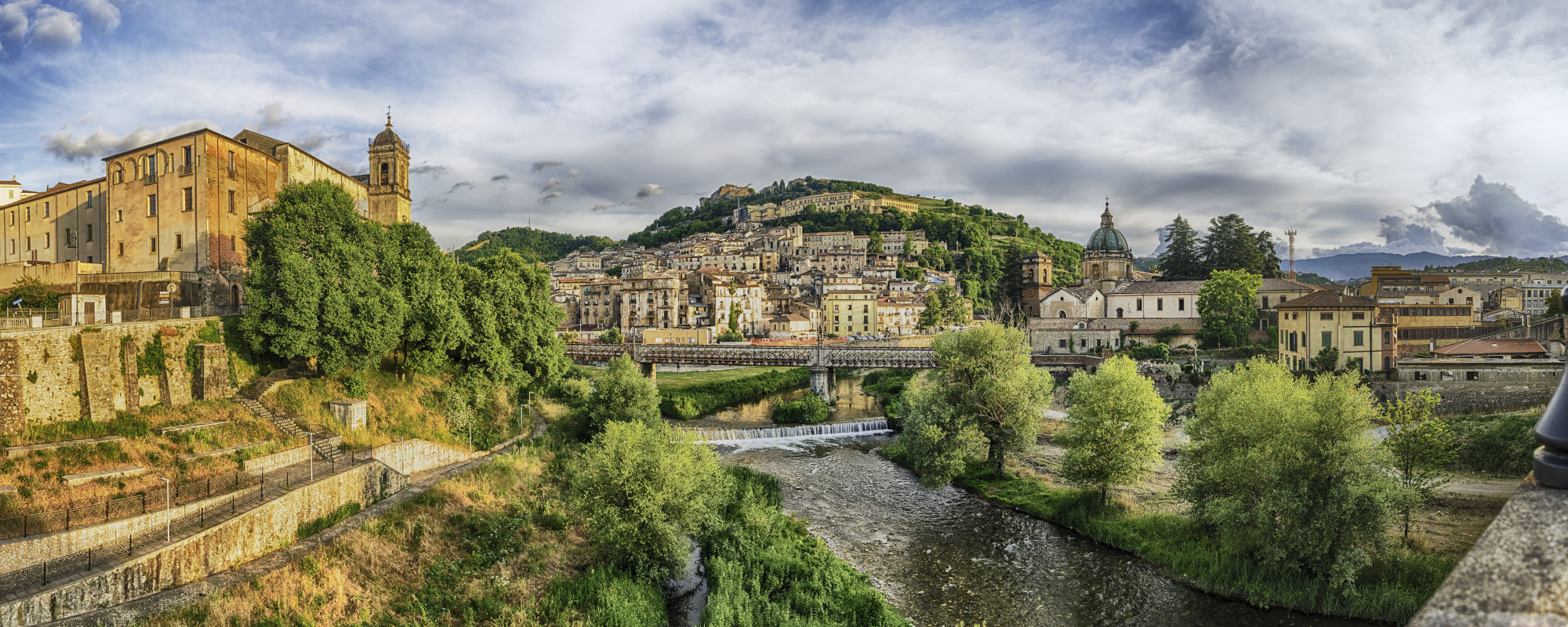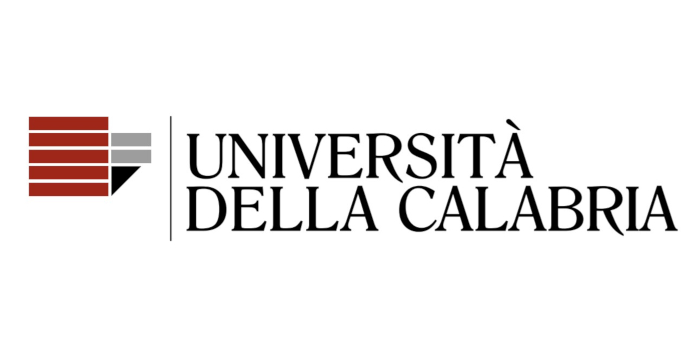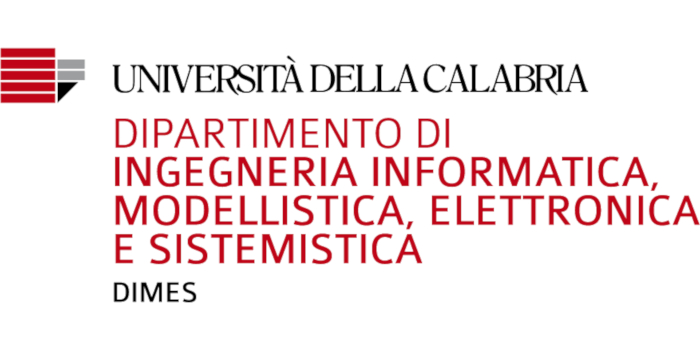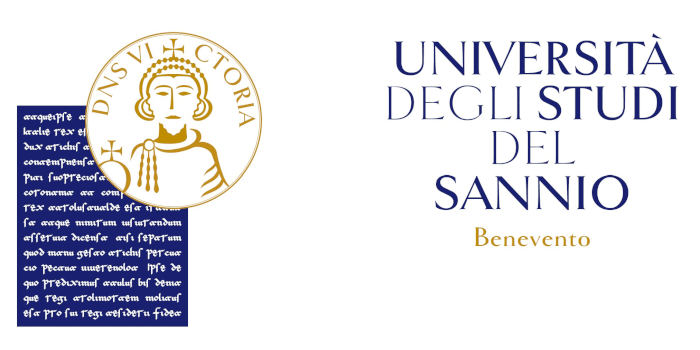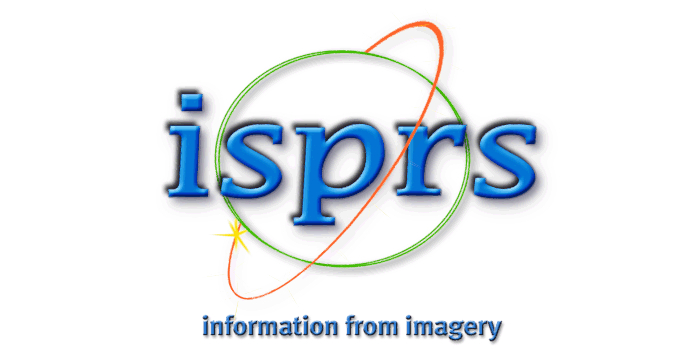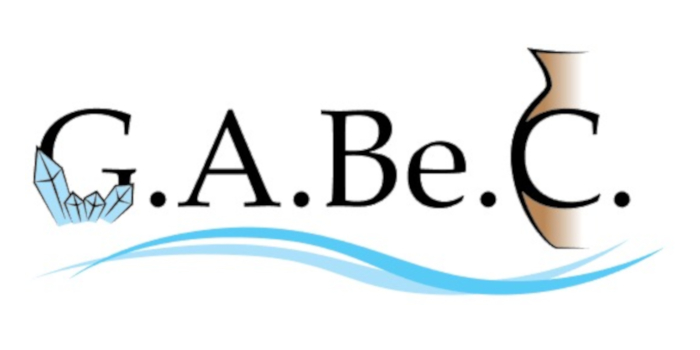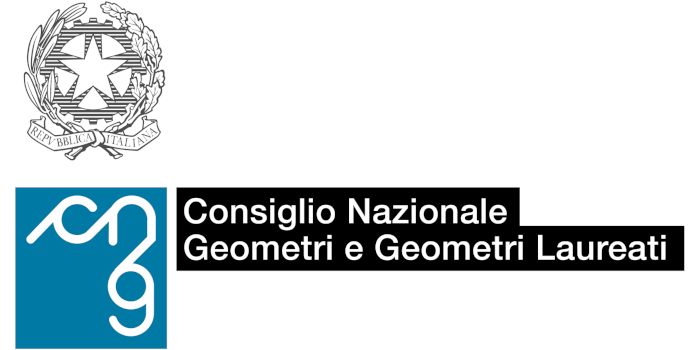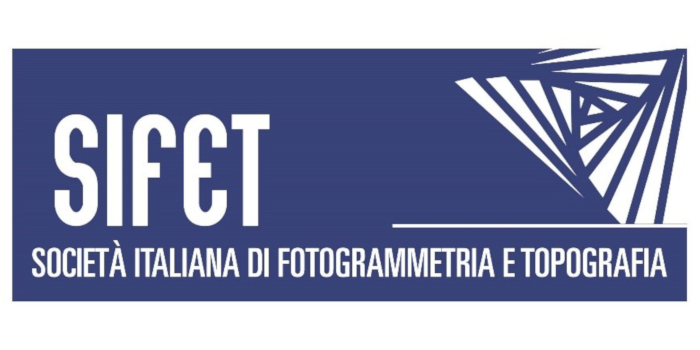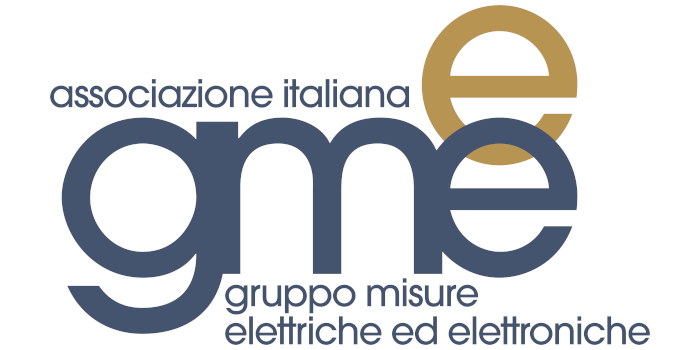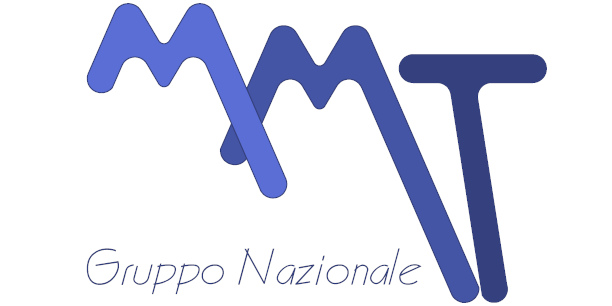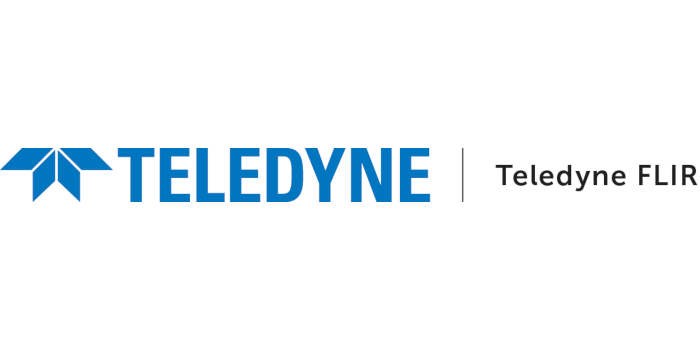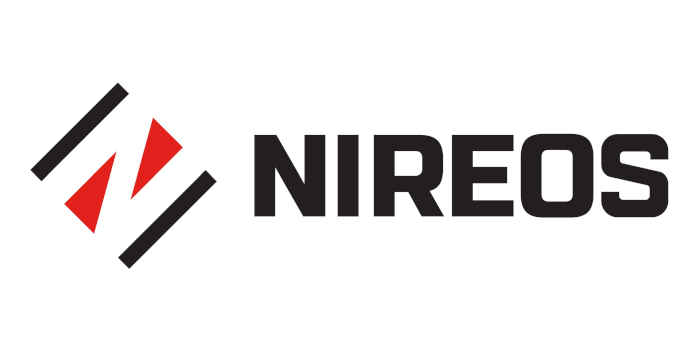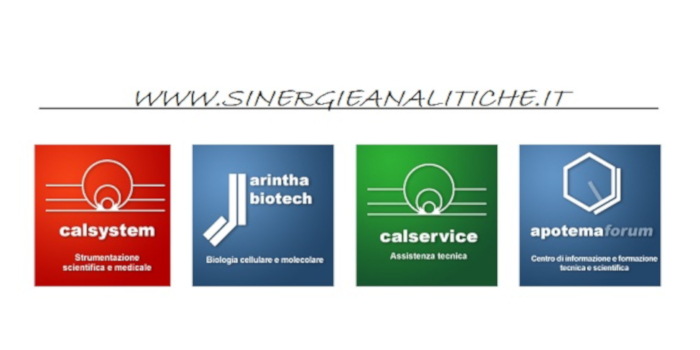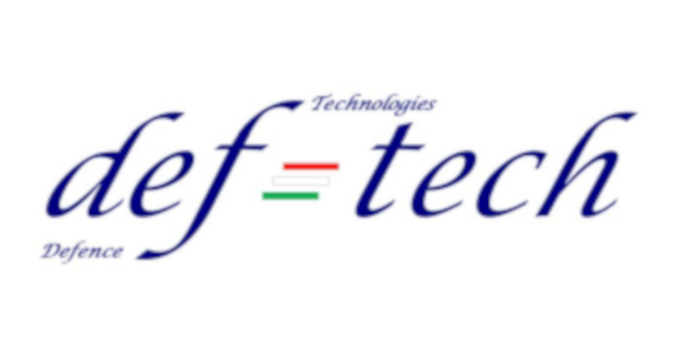Wall paintings in the history: materials, techniques, diagnosis and conservation
ORGANIZED BY
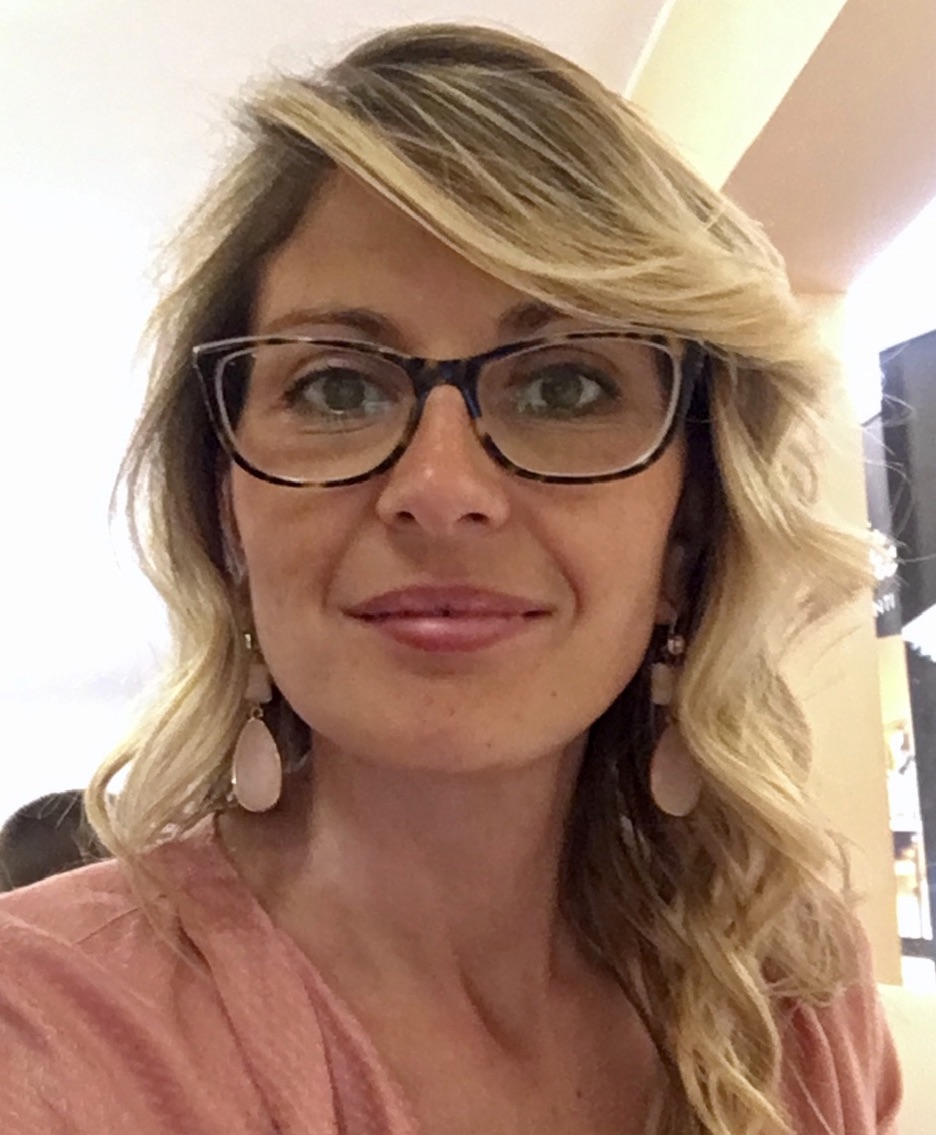
Cristina Maria Belfiore
University of Catania, Italy

Maria Francesca Alberghina
University of Calabria, Italy
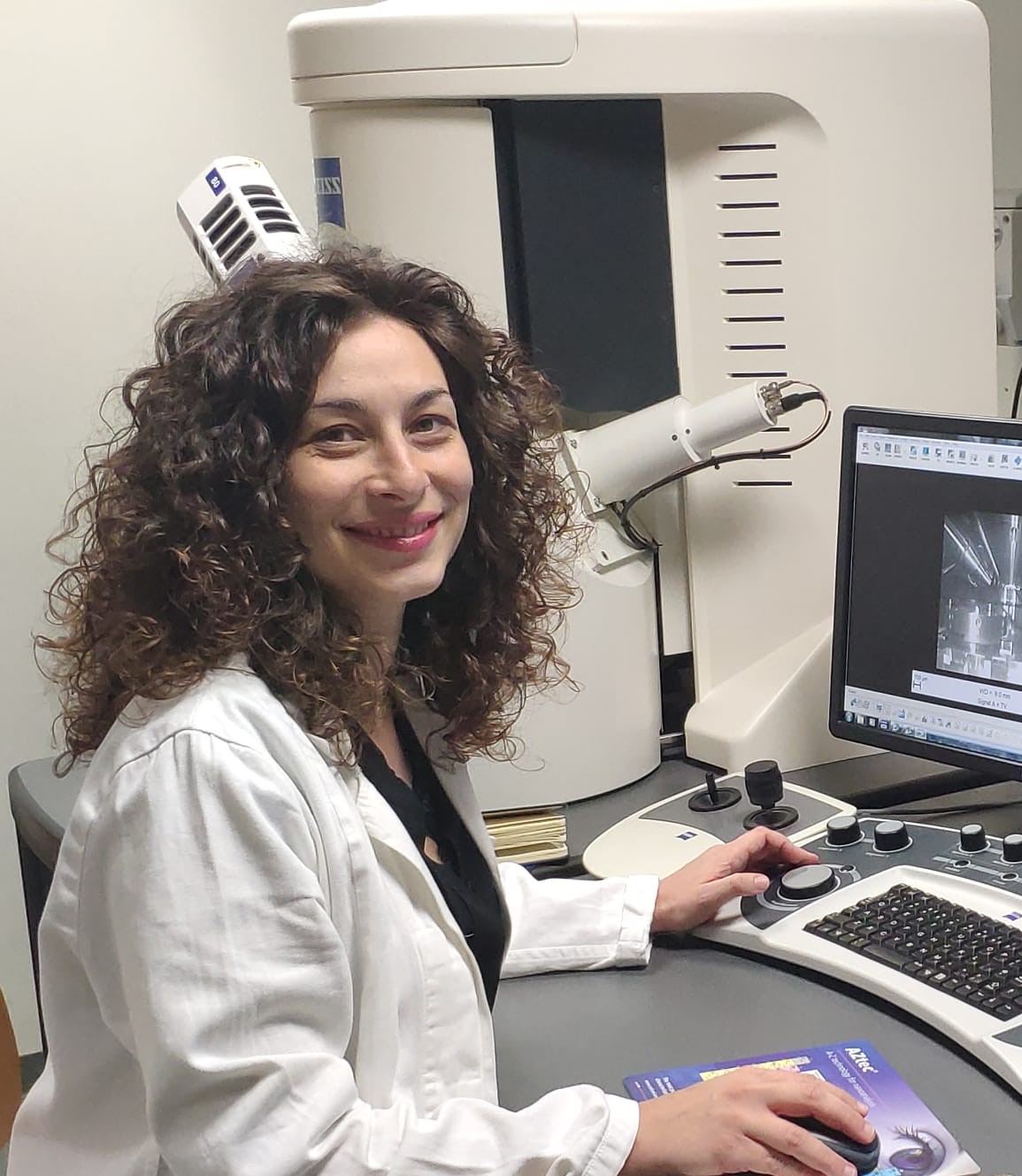
Chiara Germinario
University of Sannio, Italy
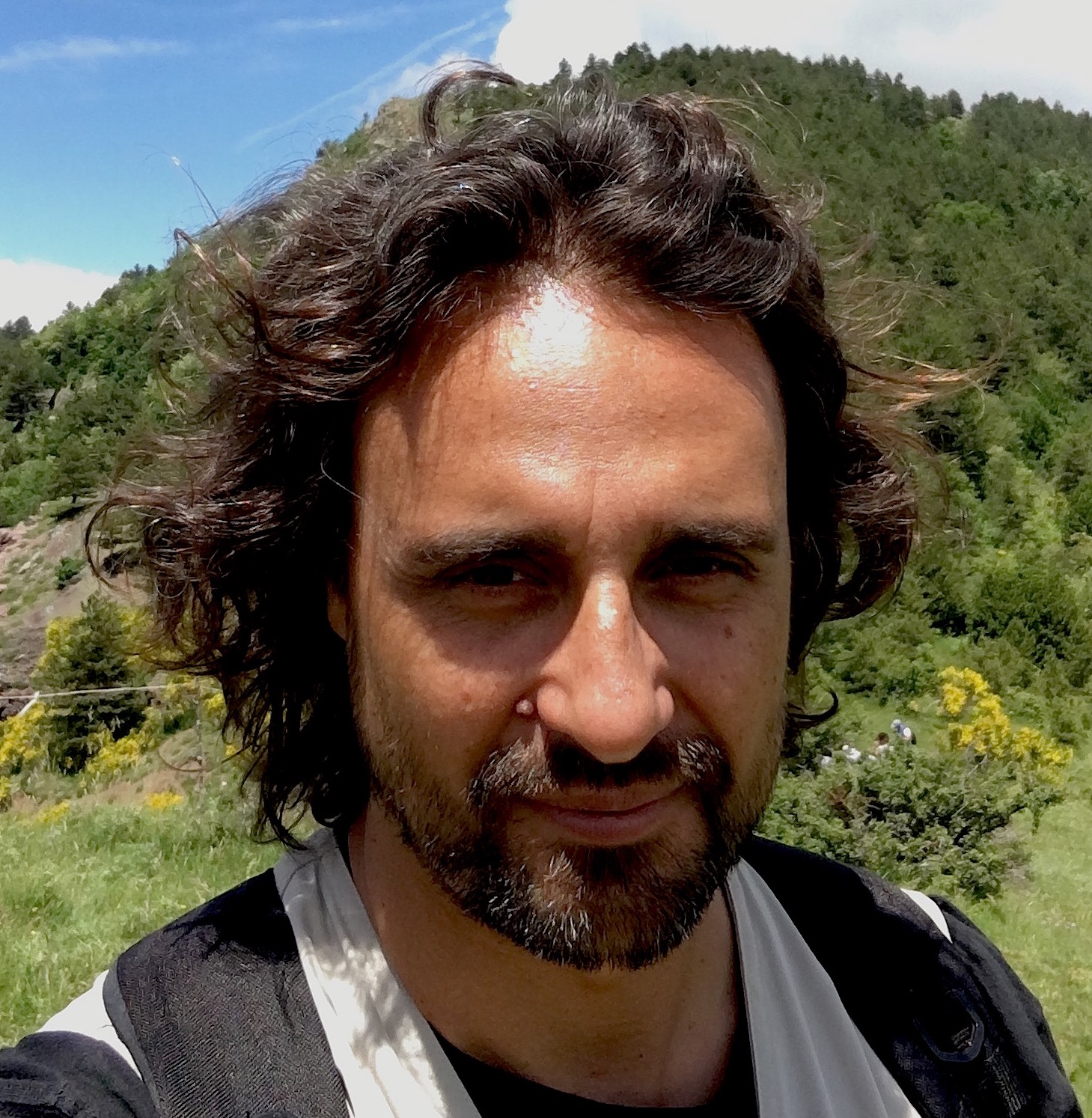
Celestino Grifa
University of Sannio, Italy
ABSTRACT
In many places around the world, people have ever left signs of their own existence through wall paintings (also known as murals) to paint a picture of society, to tell stories, values and changes. From prehistoric time until today, artists have developed several techniques for their “mural canvases”, from graffiti in prehistoric caves to frescoes in Roman buildings, from fresco and secco medieval and Renaissance wall paintings up to oil and acrylic paintings of modern street art murals.
This special session will guest contributions showing interdisciplinary researches focused on the implementation of binder and pigment materials, the development of new paintings techniques over time, and the issues aimed at the protection of murals from the perspective of diagnosis, documentation, treatment, and monitoring.
Contributions focusing on the application of both consolidated and non-invasive techniques for diagnosis will be welcome, as well as those addressed to conservation scopes, such as the application of new materials (i.e., consolidant products and protective anti-graffiti coatings) or the development of new methods (i.e., biotechnology) in the cleaning of wall paintings.
This session aims at facilitating the exchange of information among experts, conservators, scientists and historians from different disciplines in the fields of diagnostics, conservation, art history, chemistry, engineering and biotechnology. It is also addressed to stimulate the debate on the necessity of integrated multi-analytical approaches for investigating and preserving this valuable testimony of human life, culture and tradition.
ABOUT THE ORGANIZERS
Cristina Maria Belfiore, is a researcher in GeoResources and minero-petrographic applications for the environment and cultural heritage (GEO/09) at the Department of Biological, Geological and Environmental Sciences of the University of Catania (Italy), where she teaches “Mineralogy and constituents of rocks” and “Applied mineralogy and georesources”.
Over the years, she took part actively to national and international research projects and participated in numerous congresses, even as Convener of thematic sessions.
Her research activity is mainly focused on the application of mineralogical-petrographic and geochemical techniques to the study of Cultural Heritage, with particular regard to the characterization and conservation of natural and artificial stone materials and ceramic artifacts of archaeological interest.
She is member of societies and groups actively working in scientific research and its promotion in the fields of archaeometry, cultural heritage and geosciences.
Her expertise and scientific background are reflected in 140 scientific publications in national and international peer-reviewed journals, monographs, and proceedings of national and international conferences. She is also reviewer for several top journals in the fields of competence.
Maria Francesca Alberghina, is a Conservation Scientist, currently Researcher fellow at the Department of Biology, Ecology and Earth Sciences (DiBEST) of University of Calabria. PhD in Applied Physics and specialist in non-destructive investigations for the study, characterization and monitoring of cultural heritage, she carries out expertise activities for dating and attribution of works of art and collaborate with Museums and Institutes for Conservation and Restoration. She is author of publications in national and international scientific journals and contributions to several conferences and workshop in the CH field. Member of the Board of Directors of the Italian Association of Archaeometry (AIAr) and of the Technical-Scientific Committee of the National Association of Experts in Diagnostics and Sciences and Technologies applied to Cultural Heritage (ANEDbc).
Chiara Germinario, is a researcher in Georesources and minero-petrographic applications for the environment and cultural heritage (GEO/09) at the Department of Science and Technology at the University of Sannio (Benevento, Italy). Her research activity mainly deals with the application of invasive and non-invasive techniques for the archaeometric study of natural and artificial archaeological materials (pottery, mortars, pigments, metal alloys, stones) and the definition of damage to Cultural Heritage.
She is member of societies actively working on the study and conservation of Cultural Heritage and was involved in interdisciplinary research projects in collaboration with national and international research institutes. She is author and co-author of more than 60 papers in national and international peer-reviewed journals, books and conference proceedings; she was involved in the organization of national and international congresses and participated to several scientific conferences, seminars and workshops in the field of Cultural Heritage, with over 70 contributions.
Celestino Grifa, is a petrographer, currently is associate professor at the Department of Science and Technology at University of Sannio in Benevento. He focused the research activity on the characterization of archaeologic ceramic productions and clayey raw materials addressing new perspectives on ancient raw material trades and procurement. The study of mortars, plasters and frescoed surfaces, particularly from some outstanding Roman archaeological contexts (Pompeii, Cumae, Stabiae) opened new research issues pursued approached by combined invasive/non-invasive analytical approach. He is author of more than 100 publications in national and international scientific journals and contributions to several conferences and workshop in the field of Archaeometry and Archaeological Science. Prof. Grifa is member of the Board of Directors of the Italian Association of Archaeometry (AIAr) with the role of treasurer.
